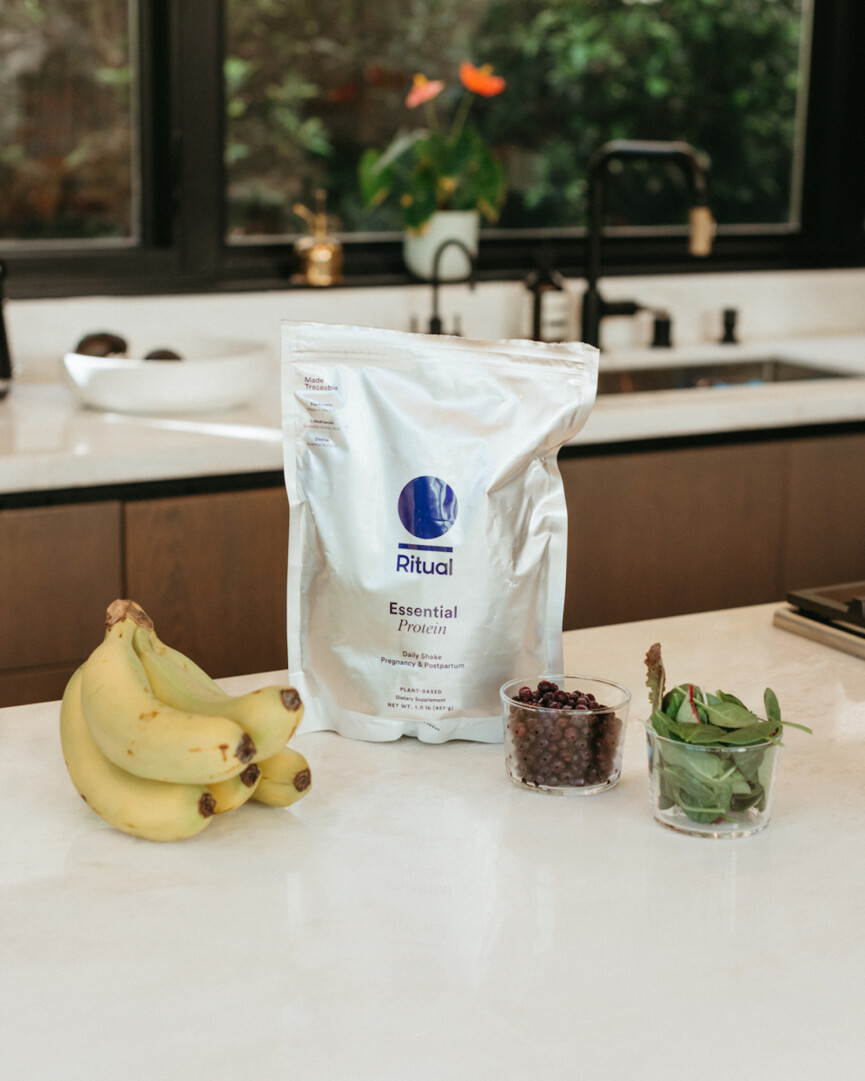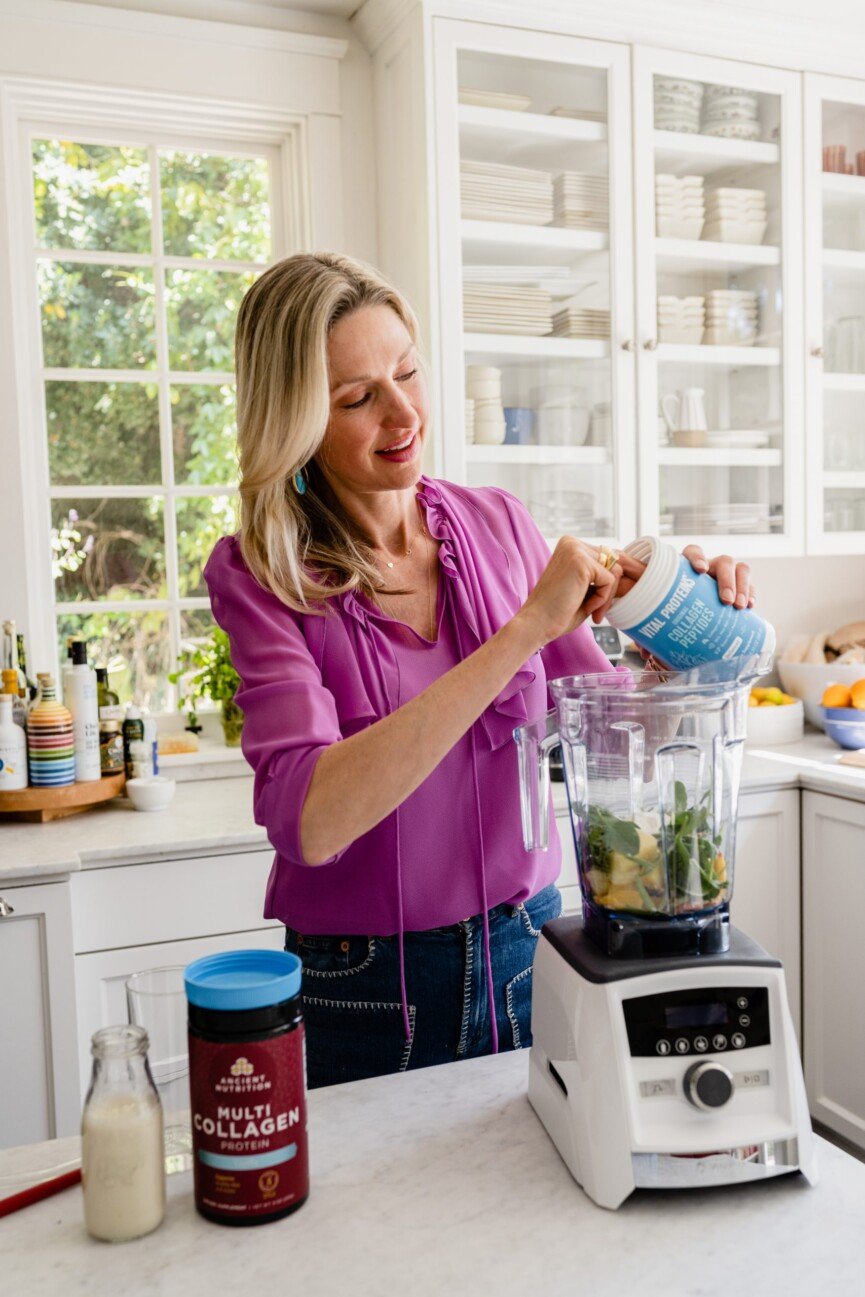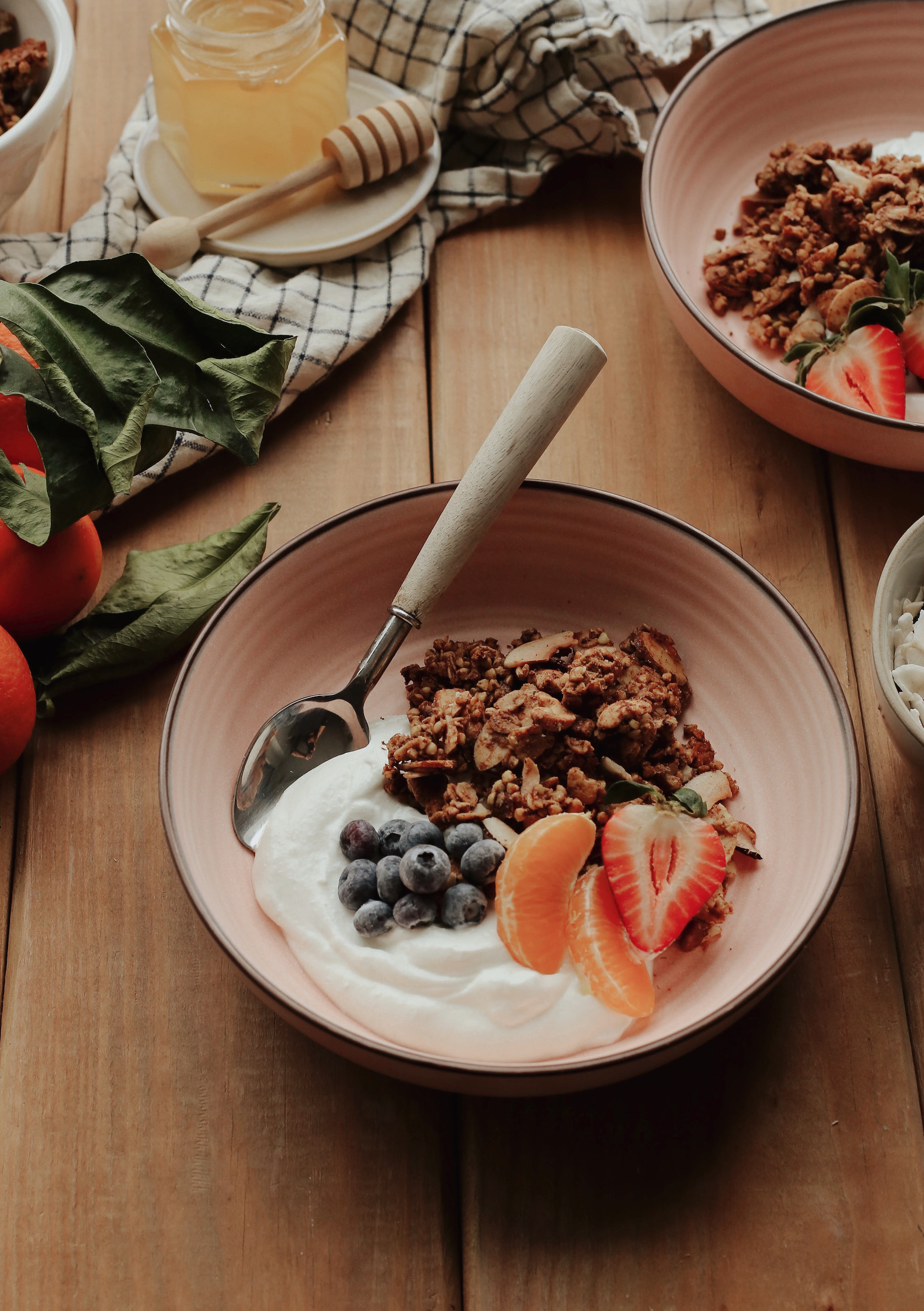It’s 1986. Two distance runners blend a mix of vitamins, oat bran, milk protein, and corn syrup. Boom, the PowerBar—our first modern protein bar—is born. Fast-forward several decades, and we have an overwhelming number of options. Not sure which protein bars are healthiest? Or when you should eat them? This comprehensive guide covers it all: how to choose the best protein bars, which ones are worth the shelf space, and our top picks for snacking. We’re peeling back their shiny wrappers to reveal the truth. (Spoiler alert: most protein bars are simply candy bars in disguise!)
- Are protein bars good for you?
- Can you eat a protein bar every day?
- When should you eat a protein bar?
- What kind of protein is used in protein bars?
- What's in a Healthy Protein Bar
- What to Avoid in Protein Bars
- Things to Consider When Shopping for Protein Bars
- Nutritionist-Approved Protein Bars
- Are sugar alcohols safe?
- Snack With Confidence

Are protein bars good for you?
Depends on what you’re noshing on! Fortunately, we’ve come a long way since that first PowerBar rendition. The niche of high-quality protein bars—those made with natural ingredients, a substantial amount of protein, and minimal added sugar—continues to grow. On the flip side, many are loaded with ultra-processed ingredients. And if you know, you know: these don’t digest well. As with most foods, moderation is key.
Can you eat a protein bar every day?
Yes. But generally speaking, there’s no need to eat more than one protein bar a day (mostly, for the sake of your gut). Also, it’s best to limit protein bars as a frequent meal replacement. All of that said, whether you need an on-the-go snack, have specific protein goals to hit, or want to refuel your muscles immediately after a workout, a protein bar can fit the bill.

When should you eat a protein bar?
There are no hard and fast rules. You’ll get the most bang for your buck if you eat one as a midday snack, shortly after exercising, or during endurance exercise (like long runs or hikes).
Midday snack. To curb hunger between meals and maintain energy levels throughout the day.
Post-workout recovery. To help repair and build muscle, providing a quick and convenient source of protein and carbohydrates.
Meal replacement. When you’re on the go and don’t have time for a full meal, you can get a balanced mix of protein, fats, and carbs.
Traveling. As a portable and non-perishable option when hanger strikes.
Dietary supplement. To increase your daily protein intake, particularly if you have higher protein needs or are on a muscle-building/weight-loss journey.

What kind of protein is used in protein bars?
You’ll find everything from whey and collagen to soy, pea, algae, and hemp. Here’s your protein source cheat-sheet:
Whey Protein
Whey protein is one of the most popular (and widely consumed) forms of protein for bars. It’s derived from milk and is a complete protein source. What I love the most about whey protein? The body quickly absorbs it, making it an ideal choice for post-workout recovery.
There are two main types of whey protein: whey concentrate and whey isolate. Whey concentrate contains slightly more fats and carbs, while whey isolate is virtually fat and lactose-free.
Whey concentrate facts:
- Budget-friendly (tends to be less expensive than whey isolate).
- Nutrient-dense. It contains immunoglobulins (glycoproteins that carry complex carbohydrate chains) and growth factors. These compounds play a key role in regulating immune function and cell growth.
- Helpful with weight management.
- Supports muscle building (when paired with resistance training).
Whey isolate facts:
- Low in lactose. Compared to whey concentrate, whey isolate contains little-to-no lactose.
- A higher percentage of protein. You’ll get more protein per serving than whey concentrate.
- Fast-absorbing. Whey isolate is more readily digestible and absorbed faster than whey concentrate, according to Arsenault.
Casein Protein
Casein is another milk-derived protein, but it’s slower-digesting than whey. This makes it a great option if you want a sustained release of amino acids—i.e., before bedtime. Casein can help prevent muscle breakdown during extended periods without food!
Collagen Peptides
Derived from animal connective tissues, collagen protein is known for its benefits to skin, hair, and joint health.
Egg White Protein
Made from the whites of eggs, egg white protein is a complete protein source.
Plant-Based Proteins
If you’re vegan, vegetarian, or lactose intolerant, you’ll likely reach for a protein bar made with plant-based protein—i.e., pea, rice, hemp, or soy. They’ll have a slightly different amino acid profile than animal-based proteins, so it’s essential to choose a blend (or vary your sources!) to ensure a complete protein profile.

What’s in a Healthy Protein Bar
The key components of a healthy protein bar typically include the following:
- High-quality protein. A satisfying protein bar should contain a significant amount of protein to support muscle repair and growth. Aim for bars with around 15 grams of protein.
- Healthy fats. These are essential for satiety and overall health. Sources might include nuts, seeds, nut butters, coconut oil, or flaxseeds.
- Fiber. Fiber aids in digestion and helps keep you full. Look for bars that include ingredients like oats, chicory root, or psyllium husk for added fiber (and at least five grams of fiber).
- Low in sugar. A healthy protein bar should have minimal added sugars. Natural sweeteners—like dates, stevia, monk fruit, or small amounts of honey or maple syrup—are better than refined sugar or high fructose corn syrup. Reach for bars with under eight grams of added sugar.
- Natural ingredients. The ingredient list should primarily consist of whole foods and recognizable ingredients. Avoid bars with long lists of “natural” flavors, artificial additives, preservatives, and fillers!
- Balanced macros. Ideally, you’re consuming a protein bar made with a balanced ratio of protein, fats, and carbs for sustained energy.
Sample Nutritional Profile (per bar)
- Calories: 180-250
- Protein: 15-20 grams
- Carbohydrates: 20-30 grams (with at least 5 grams of fiber)
- Fats: 8-12 grams
- Sugars: Under 8 grams

What to Avoid in Protein Bars
On the other end of the spectrum, keep an eye out for protein bars masked as glorified candy bars. These are loaded with artificial additives, inflammatory oils, and sugar. All of which negate their potential benefits. Along those lines, limit bars made with soy protein isolate (it’s less nutritious than other plant-based protein), sugar alcohols (these can ferment in the gut), and bars low in fiber/high in carbs (these will send blood sugar on a roller coaster).
Things to Consider When Shopping for Protein Bars
Beyond the quality of ingredients and protein count, don’t forget to consider the following: allergens, taste/texture, and purpose. If you have food allergies or sensitivities, be sure to check the ingredients list.
In terms of taste and texture, there’s no sense in choking down a protein bar. Experiment with different brands to find one that’s delicious and satisfying. Lastly, consider your intent. Are you using the bar as pre- or post-workout fuel, meal replacement, or just a convenient snack between meals?

Nutritionist-Approved Protein Bars
When it comes to taste, texture, ingredient labels, and purpose, these are my top recommended protein bars (in no particular order).
- B.T.R Nation. These are lower on the protein scale, but the ingredients are phenomenal. Consider these a great pre-workout snack.
- Rise Bar. Every Rise Bar is made with real food and packed with 15 grams (or more!) of protein.
- CanDo Krisp. If you love nut butter, these are for you! They’re slightly lower in protein but keep blood sugar stable.
- Bulletproof. Made with grass-fed collagen, these bars are keto-friendly and have a soft, cookie-like texture.
- Stars and Honey. These bars aren’t chalky, come in a variety of delicious flavors, and contain 15 grams of protein. (And 10 grams of collagen!)
- No Cow. Vegan, soy-free, and gluten-free, No Cow bars have over 20 grams of plant-based protein and are also low-carb.
- ALOHA. Like No Cow, these are also gluten, dairy, and soy-free (and pack a solid protein punch).
- Resist. In need of a blood sugar-friendly/diabetic-friendly protein bar? These are it. My favorite flavor is goji cherry.
- Raw Rev. Made with simple ingredients, these vegan protein bars are filling and delicious.
- Laird Superfood. Although these are slightly lower in protein, you won’t find any soy or “natural” flavors in these superfood bars.
- Mezcla. A newer protein bar on the market, these have a great texture. The matcha flavor doesn’t disappoint. They’re slightly higher in carbs, making them a great pre-workout/endurance snack.
- Nectis Green Super Protein. As far as meal replacement bars are concerned, these are my go-to.
- Feel Vegan. Packed with adaptogens, high in protein, and low in added sugars, these functional, organic bars are a versatile option no matter the time of day.
- Transparent Labs. These grass-fed protein bars have a balanced mix of macros and clean ingredients.
- EPIC Provisions. Lean more savory than sweet? Nosh on these protein bars.

Are sugar alcohols safe?
Many popular protein bars contain sugar alcohols. You’ll see them listed as ingredients like sorbitol, xylitol, mannitol, erythritol, and maltitol. While they are considered safe alternatives to regular sugar, there are potential drawbacks, i.e., digestive issues. It’s not uncommon for sugar alcohols to cause bloating, gas, and diarrhea. Reason being? Sugar alcohols aren’t fully absorbed in the digestive tract and can ferment in our colon. If you want to dive deeper into the science behind sugar alcohols, take a listen to this podcast episode.
Snack With Confidence
Congrats! You’re officially better equipped to navigate the protein bar aisle. Whether you’re a mom on the go, a seasoned athlete, or need convenient snack inspo, rest assured there’s a protein bar for every need. Peel back those wrappers with confidence, and happy snacking.






